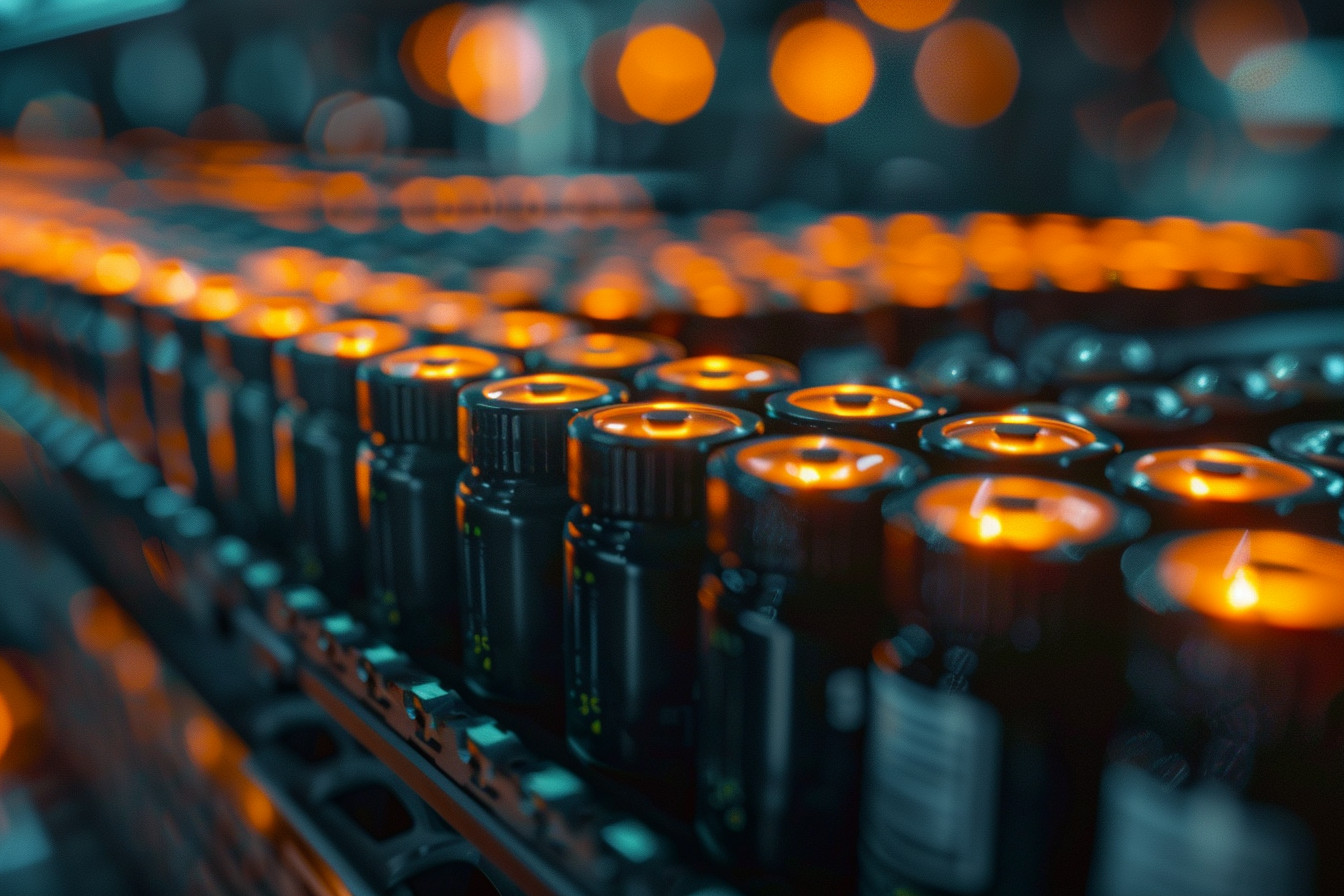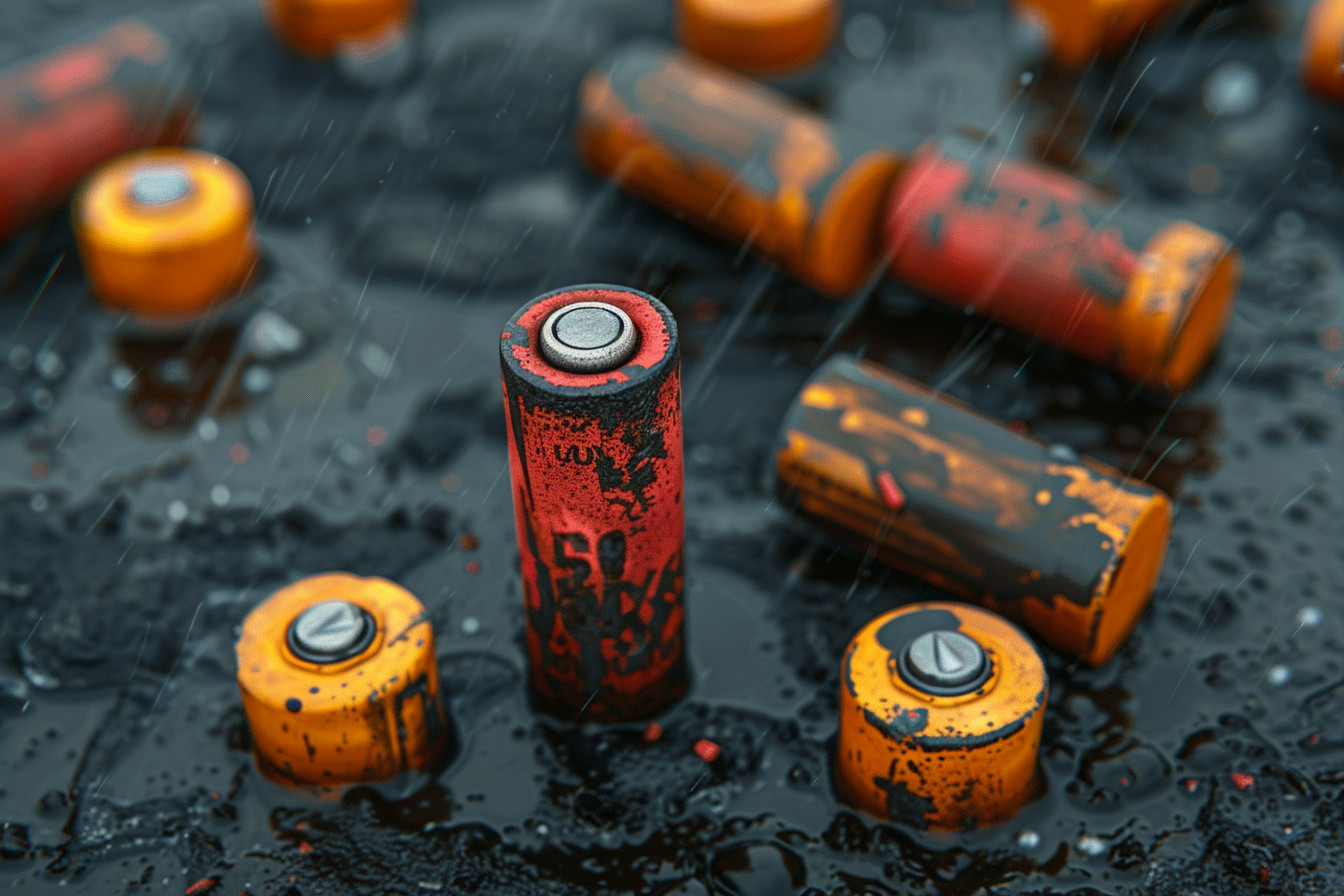Sitting in my kitchen during last winter’s power cut, watching my neighbor’s house glow warmly while mine remained dark, I experienced what can only be described as serious battery envy. They’d installed a home energy storage system connected to their solar panels, and while the rest of our street fumbled around with candles and cold dinners, they were living normally with lights, heating, and even the kettle working perfectly. That moment of illumination—or lack thereof—launched my deep dive into sustainable energy storage, which has completely transformed how I think about renewable energy reliability and grid independence.
The research journey began with trying to understand why renewable energy storage technology seemed so complex when the basic concept appeared straightforward. Store excess energy when production exceeds demand, release it when needed. Simple in theory, fiendishly complicated in practice. Solar panels generate peak power during sunny midday hours when household demand might be minimal, while evening cooking and heating needs coincide with reduced generation. Without storage, renewable systems remain partially dependent on conventional grid backup.
Renewable energy batteries became my first area of focus because they seemed most relevant for residential applications. Lithium-ion technology dominates current markets due to high energy density, declining costs, and improving safety features. A typical home battery system can store 10-15 kWh of electricity, enough to power essential appliances through overnight periods or brief outages. More sophisticated installations provide complete grid independence during extended disruptions.
The economics initially seemed daunting when I calculated potential costs for my own Bristol flat. A modest battery system capable of storing one day’s electricity usage would cost roughly £8,000-12,000 including installation. However, the financial analysis became more compelling when considering time-of-use electricity rates, backup power value, and potential earnings from selling stored energy back to the grid during peak demand periods.
Renewable batteries represent just one category within the broader sustainable energy storage landscape. Pumped hydro storage operates on massive scales by using excess electricity to pump water uphill, then releasing it through turbines when power is needed. This technology provides grid-scale storage that can balance renewable variability across entire regions. Britain’s Dinorwig Power Station in Wales can generate 1,728 MW within seconds, enough to power Birmingham during peak demand.
Compressed air energy storage fascinated me as an elegant mechanical solution that avoids battery chemistry entirely. Excess renewable electricity powers compressors that store air in underground caverns or purpose-built tanks. When electricity is needed, compressed air drives turbines connected to generators. Large-scale installations can store hundreds of megawatt-hours while lasting decades with minimal maintenance compared to chemical batteries.
The technology evolution happening across renewable energy storage technology segments challenges assumptions about optimal solutions. Flow batteries use liquid electrolytes stored in external tanks, making capacity expansion as simple as adding larger containers. Solid-state batteries promise higher energy density and improved safety compared to conventional lithium-ion alternatives. Metal-air batteries could provide ultra-high capacity for grid applications where weight isn’t critical.
Hydrogen storage opened up fascinating possibilities for long-term renewable energy preservation. Excess electricity from solar or wind installations can power electrolysis equipment that splits water into hydrogen and oxygen. The hydrogen stores indefinitely in pressurized tanks or underground formations, then generates electricity through fuel cells when needed. This approach enables seasonal storage that bridges summer solar abundance with winter heating demands.
Local case studies proved more inspiring than abstract technology descriptions. I visited a community center in Devon that installed solar panels with battery storage, achieving 80% energy independence while reducing electricity costs by £3,000 annually. Their system automatically optimizes charging and discharging based on weather forecasts, electricity prices, and usage patterns. During grid outages, essential services continue operating while serving as emergency shelter for vulnerable residents.
The environmental benefits of sustainable energy storage extend beyond just enabling renewable generation. Battery recycling programs recover valuable materials like lithium, cobalt, and nickel while preventing toxic waste accumulation. Modern lithium-ion batteries retain 70-80% of original capacity after 10-15 years, then find second-life applications in stationary storage before final recycling. This circular approach minimizes resource extraction while maximizing material utilization.
Grid stability improvements represent hidden benefits of distributed energy storage that utility companies increasingly value. Thousands of small residential batteries can collectively provide grid services like frequency regulation and voltage support that traditionally required large conventional power plants. Virtual power plant systems aggregate home batteries into coordinated networks that respond automatically to grid conditions while compensating owners for participation.
The safety evolution of renewable energy batteries addresses concerns that previously limited adoption. Early lithium-ion systems occasionally experienced thermal runaway events that could cause fires. Modern battery management systems include multiple safety layers—temperature monitoring, overcharge protection, individual cell isolation, and emergency shutdown capabilities. Proper installation by certified technicians further reduces risks while ensuring optimal performance.
Installation complexity varies dramatically across different storage technologies. Simple plug-and-play battery systems can integrate with existing solar installations within hours using standard electrical connections. More sophisticated systems require dedicated electrical panels, monitoring equipment, and grid interconnection approvals that extend installation timelines to several weeks. However, the complexity typically pays off through improved performance and safety.
Maintenance requirements depend heavily on storage technology choices. Lithium-ion batteries need minimal attention beyond occasional software updates and visual inspections. Pumped hydro systems require mechanical maintenance of pumps, turbines, and control systems but can operate for decades with proper care. Flow batteries need periodic electrolyte testing and replacement but offer modular repair options that minimize downtime.
The cost trajectory for renewable energy storage continues improving as manufacturing scales increase and technology advances. Lithium-ion battery prices have dropped by 90% since 2010 while capacity and safety have improved substantially. Industry analysts predict further cost reductions of 50-70% by 2030 as next-generation technologies reach commercial scale and production volumes continue expanding globally.
Policy support significantly influences storage adoption through tax incentives, grid connection rules, and utility programs. Some regions offer substantial rebates for home battery installations while others provide favorable net metering policies that compensate storage owners for grid services. However, regulatory frameworks often lag behind technology capabilities, creating uncertainty for potential adopters.
The social justice implications of energy storage access deserve consideration as technology costs remain substantial despite declining trends. Wealthy homeowners can afford battery systems that provide energy independence and cost savings while renters and lower-income families remain dependent on increasingly expensive grid electricity. Community storage programs and innovative financing models could help democratize access to storage benefits.
International examples demonstrate various approaches to scaling sustainable energy storage deployment. Germany leads residential battery adoption through supportive policies and high electricity prices that make storage economically attractive. Australia’s virtual power plant programs aggregate thousands of home batteries into grid-scale resources. China dominates battery manufacturing while investing heavily in grid-scale storage projects.
The integration challenges between different renewable energy storage technology options require careful planning and coordination. Solar installations benefit from fast-responding batteries that can capture brief cloud-break generation spikes. Wind farms need longer-duration storage that can handle multi-day calm periods. Grid operators must balance various storage technologies to provide reliable power regardless of renewable generation variability.
Research frontiers in energy storage materials science promise revolutionary improvements in capacity, safety, and cost. Sodium-ion batteries could reduce dependence on lithium while using abundant materials. Solid-state electrolytes might eliminate fire risks while enabling higher energy densities. Organic redox flow batteries could provide ultra-low-cost grid storage using abundant carbon-based materials.
The personal impact of understanding energy storage extends beyond just technical knowledge to practical decision-making about home improvements and energy consumption patterns. Installing batteries changes daily routines as homeowners become aware of electricity generation and usage cycles. Smart home systems can automatically optimize appliance operation based on storage levels and renewable generation forecasts.
Looking ahead, sustainable energy storage will likely become as common as water heaters or HVAC systems in homes while serving increasingly sophisticated grid support functions. Electric vehicle integration promises to multiply distributed storage capacity as car batteries provide home backup power and grid services when parked. Community microgrids could enhance resilience while reducing infrastructure costs through shared storage resources.
My exploration of renewable energy storage has revealed a rapidly evolving field where technology advances, cost reductions, and policy support are converging to make energy independence increasingly accessible. The complexity initially seemed overwhelming, but practical solutions exist today for almost any situation and budget. Whether through residential batteries, community projects, or supporting utility-scale installations, everyone can contribute to building more resilient and sustainable energy systems.
Current storage technology already enables significant renewable penetration while remaining challenges focus on scale, cost, and policy rather than fundamental technical barriers. Each storage installation improves grid stability while reducing fossil fuel dependence, creating positive feedback loops that accelerate clean energy adoption. The future of renewable energy sources depends heavily on storage solutions that ensure clean electricity availability regardless of weather conditions.
What started as battery envy during a power cut has become genuine enthusiasm for energy storage technologies that enable true renewable energy independence. The transformation from grid dependence to energy autonomy represents one of the most empowering aspects of sustainable living, providing both environmental benefits and practical resilience that improves daily life quality. Sometimes the most important sustainable self-care involves ensuring your home can maintain essential services regardless of external disruptions while supporting the transition to clean energy systems.







